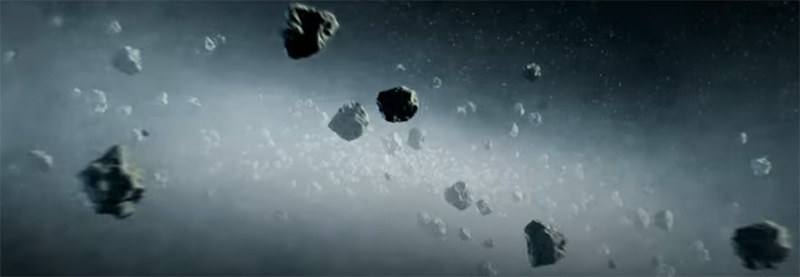
meteorites, even Martian achondrites (rocky pieces of planetary bodies).
To survive intraplanetray travel microbes must be able to survive the shock pressure heating of our Earth's
atmosphere, which should not be much above 373 K. Research has shown that microorganisms can survive
such temperatures.
Some strains of bacteria are also resistant to UV radiation which would be destructive to most common
Earth bound bacteria. Bacillus subtilis has survived in space for 6 years and many earth bacteria are known
to surround itself with a biofilms, a collective of bacteria in a slimy, protective extracellular matrix.
Oumuamua is a 700 foot long interstellar comet discovered in our Solar System in 2017 by the Hawaiian
Pan-STARRS-1 telescope. Comets are icy, dusty objects. Oumuamua is headed out of our Solar system
at a speed of 70,000mph. Such a large icy snowball might have been able to protect alien microbes during
intraplanetary panspermia before bombarding Earth.
dismissal of the idea at present.